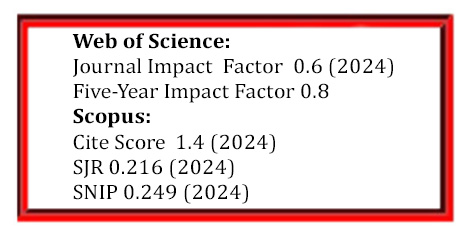Electrospinning of Colloidal Mixture of Oxide Nanoparticles for Transparent and Conductive Films
DOI:
https://doi.org/10.5755/j02.ms.39977Keywords:
antimony tin oxide, indium tin oxide, electrospinning, transparent electrode, nano-colloid, wet grindingAbstract
This study addresses the reasearch to overcome the cost disadvantages of indium tin oxide (ITO) by using antimony-doped tin oxide (ATO) as an alternative to transparent conductive films. ITO contains indium, a rare metal, making it expensive and mechanically fragile. On the other hand, ATO is inexpensive, stable, and has excellent electrical and mechanical properties. The main objective of the study is to optimize the mixing ratio of ATO and ITO to maintain conductivity and transparency and solve cost issues. ATO and ITO nanoparticle colloids were prepared using a wet attrition method and electrospun on glass substrates at various mixing ratios to form transparent conductive films. Increasing electrospinning time and increasing ITO concentration contributed to the decrease in surface resistance, and when acetylacetone was used as a dispersant, the heat treatment process resulted in lower surface resistance. When the sintering temperature was between 400 °C and 550 °C, the removal of organic components was accelerated and the surface resistance decreased. This shows the importance of network formation of conductive nanoparticles through stable high-temperature sintering and the adoption of suitable dispersants. This study presents the possibility of manufacturing cost-effective transparent conductive films through ATO and ITO mixing ratios. The results of these technologies and research can contribute to reducing costs and improving performance during the display production process.
Downloads
Published
Issue
Section
License
The copyrights for articles in this journal are retained by the author(s), with first publication rights granted to the journal. By virtue of their appearance in this open-access journal, articles are free to use with proper attribution in educational and other non-commercial settings.



